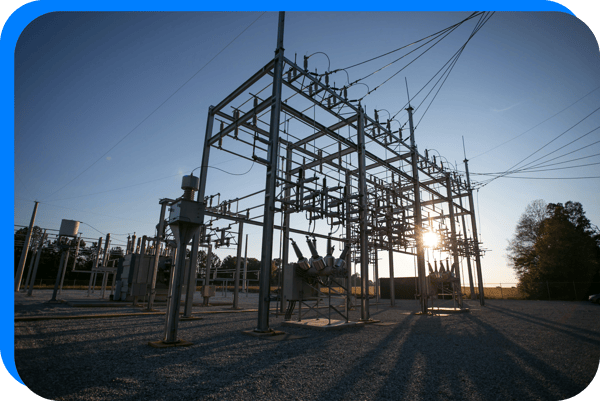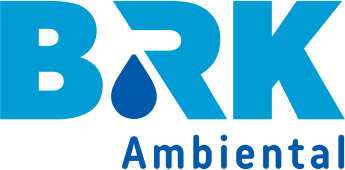Join us March 7, 2024 at 12pm EST
Join us for this webinar as we demystify the topics of generative design and AI into real ways the power industry can benefit from generative design.
This topic is often shrouded in jargon and there is a little clarity in what generative design vs. AI means.
What you can expect to learn:
Understanding generative design vs. generative AI
Applications of generative design in the power sector
The state of generative design today
Meet the presenters



The future of critical infrastructure design
Transcend Design Generator (TDG) is an intuitive, online generative design platform that enables capital planners, project developers, and engineering professionals to rapidly generate preliminary engineering designs for critical infrastructure, including the Water & Wastewater treatment and Power Sectors.

Trusted by:


.svg.png?width=640&height=270&name=640px-Severn_Trent_logo_(2010).svg.png)
Who We Work With
Asset Owners & Utilities
TDG helps asset owners and utilities evaluate more options in their capital planning and conceptual design processes – accelerating capital projects and reducing project risk.
Technology Providers & OEMs
TDG automates engineering and documentation workflows to deliver high quality, detailed, budgetary proposals and other project documents.
Transcend also offers options for sponsored content and lead generation. Sign up for free to become a Transcend-Approved OEM today!
EPCs, AECs, & Consultants
TDG empowers you to bring more value to your clients by enabling you to evaluate more options and scenarios, all with significantly more detail, during capital planning and preliminary design.
By reducing resources spent and letting software do the monotonous aspects of design, engineers can focus on more innovative and value-added work.
Individuals
TDG works for individual engineers who want to grow their business and reduce their non-billable time.
Academic & Continuing Ed.
We support student and academic access to the tool. Find out more.
Experience the Transcend Design Generator for T&D Infrastructure
TDG creates unique, optimized designs of electrical substation facilities by automatically combining decisions and calculations from each engineering field.
Simple user interface
Following the entry of a number of simple input parameters, engineering decisions take place in a fully automated fashion.
Core Power System Design
Architect and arrange all major substation components using the same process you've used to develop substation designs for decades.
Equipment selection
Use a combination of the input data, industry standards, best practices, and decision algorithms to size and select each piece of equipment needed to construct the substation.
Abstract building modeling
TDG solves the challenge of placing all elements of the substation in physical 3D space up to and including a site that can be selected and marked by the user during the input stage if desired.
Building information model (BIM)
After all steps of designing the facility are completed, TDG data parameters are introduced into Autodesk REVIT or another BIM-based system capable of modeling and visualizing every element.
Drawing generator module
Drawing Generator handles the complete process of drawing generation for all design output documents, including Switching Single Line Diagrams and Functional Line Diagrams.
Outputs generated by TDG
You’ll be able to create preliminary designs in 90% less time, delivering more value to your clients and reducing project risk
 Quality documents
Quality documents
TDG utilizes industry-leading engineering design practices and calculations to deliver high quality, engineered documents like Preliminary Engineering Reports, Design Basis, Technical Description, and many more.

 Equipment BOQ/BOM
Equipment BOQ/BOM
TDG also generates a preliminary mechanical design, including a PFD, Equipment BOQ/BOM, Load List, and IO List. Everything needed for cost estimation at your fingertips.
 3D BIM models
3D BIM models
TDG generates a project-specific 3D BIM model that is used to create a Civil BOQ/BOM and other important civil documents, including a site layout.
How TDG Works
TDG creates unique, optimized designs for your critical infrastructure project by automatically combining decisions and calculations from multiple engineering disciplines (process, mechanical, electrical, & civil).
01
Design generator input and validation
TDG leverages proprietary databases and validation algorithms to check that inputs are valid and a design can be properly generated.
02
Cloud processing and engineering expertise
TDG incorporates hundreds of thousands of decision algorithms developed by experienced engineers, and combines them with both steady-state and dynamic simulations to optimize and validate designs.
03
Creating quality documentation
TDG combs through global databases to select and size each piece of equipment for the facility.
04
5+ Design options for the client
TDG constructs a 3D Building Information Model (BIM) which can be used as a basis for costing projects, in addition to carrying through to detailed design.